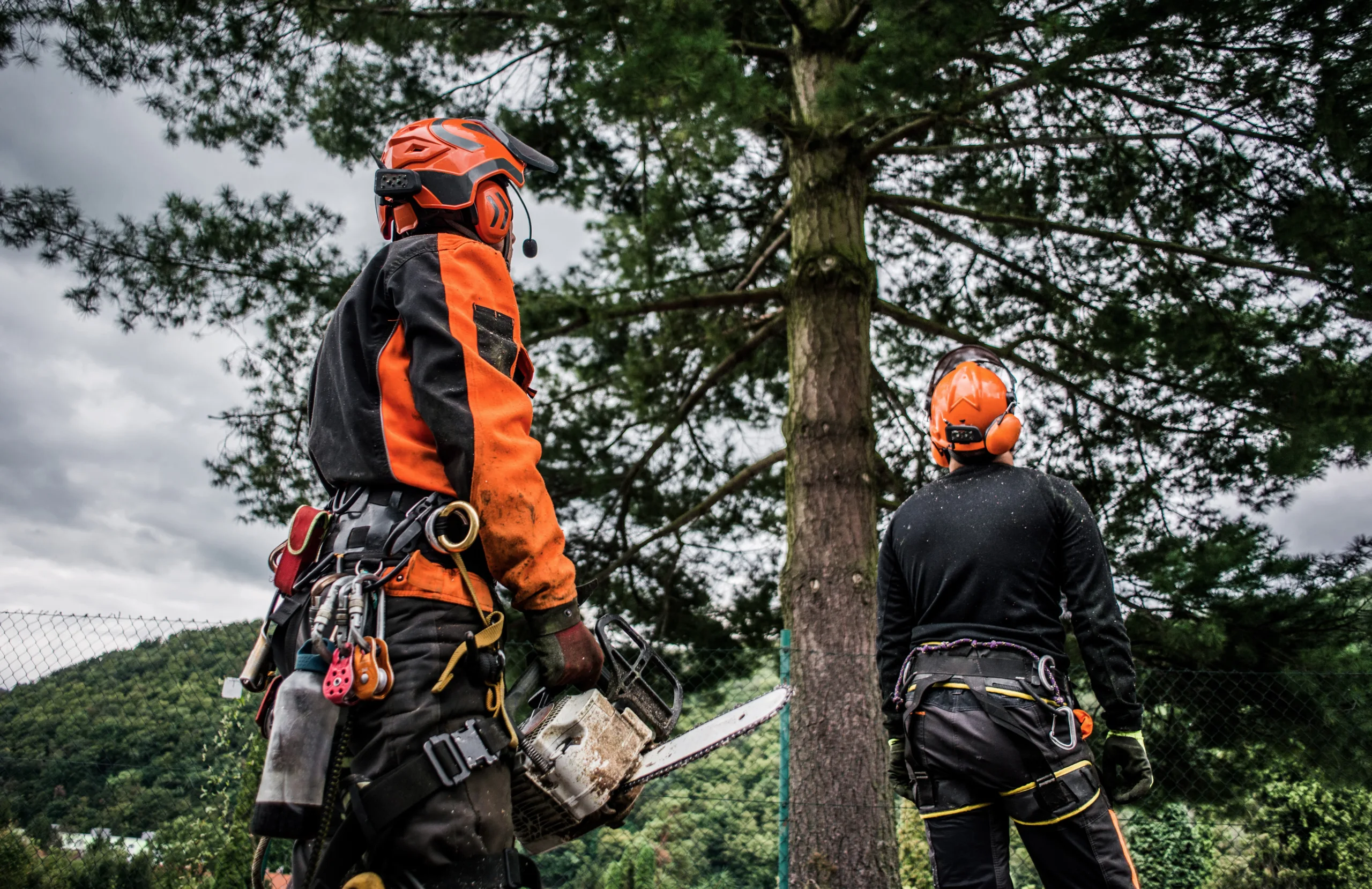Understanding how to remove a tree safely and legally is essential for homeowners facing issues like disease, storm damage, or redevelopment. While trees enrich our environment with beauty, shade, and wildlife habitat, there are times when removal becomes necessary. Whether due to safety risks or space planning, the process demands proper tools, knowledge, and adherence to UK regulations. In this guide, we’ll explain safe and effective tree removal methods, especially for those considering professional help in the UK.
Assessing the Tree and Planning the Removal
- Tree size and species: Determine the tree’s height, diameter, and species. This will help assess the complexity of the removal and whether to hire a professional.
- Tree health and condition: Check for disease, decay, or structural damage. If unstable, special techniques or equipment may be needed for safe removal.
- Proximity to structures: Note the tree’s proximity to buildings, power lines, fences, and other obstacles to avoid damage or injury.
- Legal requirements: In the UK, check for Tree Preservation Orders (TPO) or Conservation Area restrictions with your local planning authority.
Planning the Removal Process
- Determine the fall direction: Decide the safest direction based on the tree’s natural lean and surroundings. Ensure a clear fall zone.
- Gather necessary equipment: Have tools and safety gear like chainsaws, axes, ropes, helmets, and sturdy boots ready.
- Establish a safety perimeter: Cordon off the work area and inform anyone nearby of your plans.
Removing the Tree
Follow these steps:
- Prune lower branches: Remove low-hanging branches with a pole saw or chainsaw.
- Make the undercut: On the intended fall side, cut a 45-degree wedge about one-third into the trunk.
- Create the back cut: Make a horizontal cut opposite the undercut to fell the tree.
- Retreat and watch: Move away at a 45-degree angle as the tree falls.
- Process the fallen tree: Remove branches and cut the trunk into manageable pieces.
Removing the Stump
After the tree is removed, address the stump:
- Stump grinding: Use a grinder to lower the stump below ground level.
- Chemical removal: Drill holes, apply stump remover, and let chemicals break it down over weeks.
- Manual removal: Dig around smaller stumps, cut roots, and pull them out.
When to Hire a Professional Arborist
Hire a professional if:
- The tree is large, tall, or near structures.
- The tree is diseased or structurally compromised.
- You lack the skills, experience, or equipment.
In the UK, look for arborists or tree surgeons certified by organisations such as the Arboricultural Association, the International Society of Arboriculture (ISA), or the National Association of Tree Officers (NATO). These professionals have the expertise, insurance, and equipment to handle even the most challenging tree removals safely and efficiently.
Our arborists and tree surgeons are certified. We’re equipped to handle even the most challenging removals safely and efficiently, focusing on protecting your property and preventing accidents.









